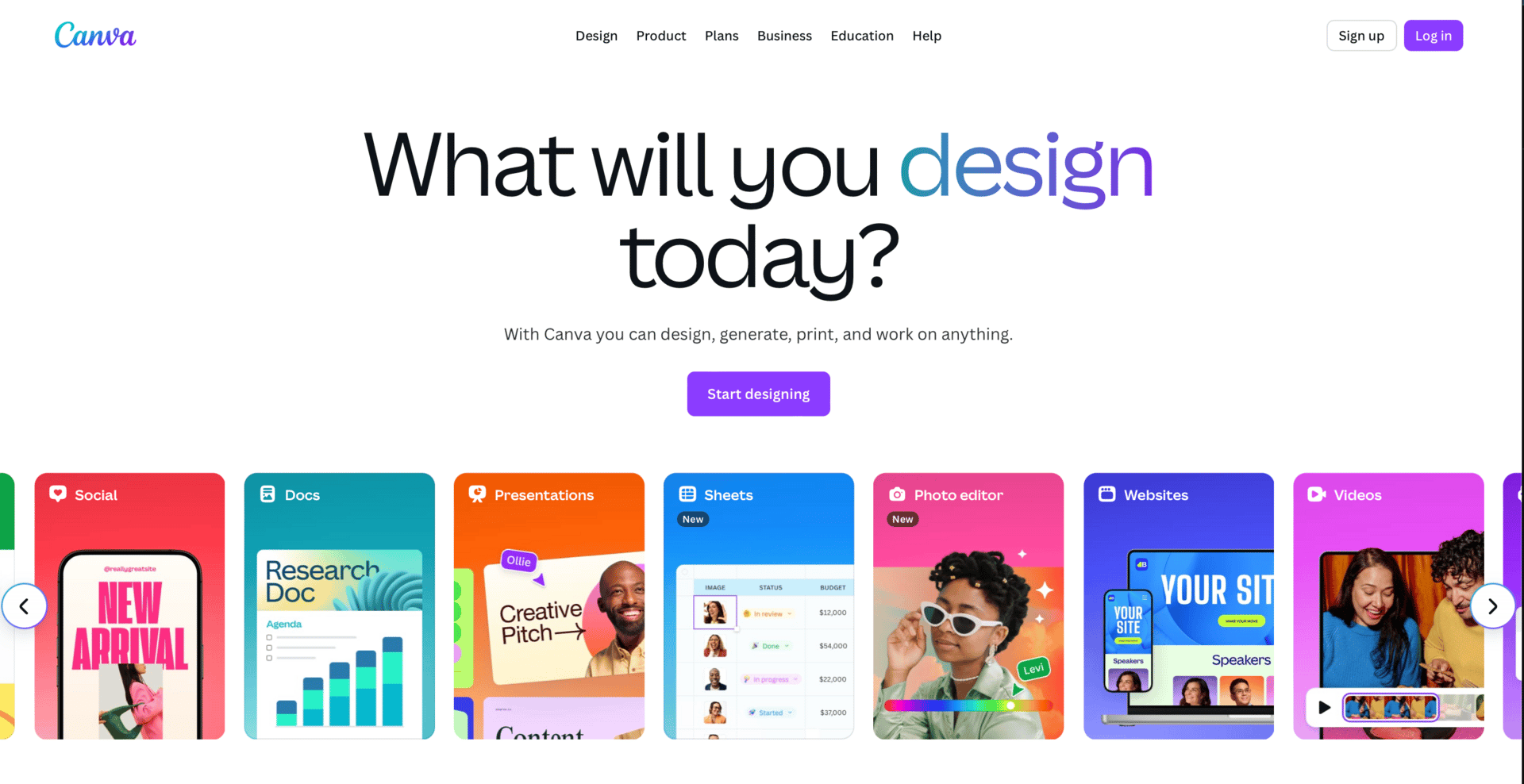I hate my new bank card.
When I opened the account, I told them — anything but blue.
All my cards are blue, I can’t tell them apart.
They nodded, checked the system…
and said, “We’ve only got one design left.”
I was like, fine, I’ll take it.
Didn’t even ask what it was.
And then it arrived —
black background, red glow, and this giant, serious-looking face staring back at me.
Darth Vader.
I don’t even like Star Wars (sorry, I just missed the whole thing).
But now, every time I tap to pay, I feel this tiny wave of cringe.
Nothing is wrong with Star Wars —
It’s just not me.
It’s an identity I didn’t choose.
And I didn’t realize that would matter so much.
Find out why 100K+ engineers read The Code twice a week
Staying behind on tech trends can be a career killer.
But let’s face it, no one has hours to spare every week trying to stay updated.
That’s why over 100,000 engineers at companies like Google, Meta, and Apple read The Code twice a week.
Here’s why it works:
No fluff, just signal – Learn the most important tech news delivered in just two short emails.
Supercharge your skills – Get access to top research papers and resources that give you an edge in the industry.
See the future first – Discover what’s next before it hits the mainstream, so you can lead, not follow.
Identity Priming
Your users feel that too.
They might not be holding a Darth Vader card,
but they know the feeling of a product that hands them an identity they didn’t ask for.
It’s called Identity Priming.
When people interact with something, they subconsciously take on the identity it suggests.
Tell someone “you’re the kind of person who…” — and their behavior shifts to match.
That’s why brands don’t just sell products; they sell who you become by using them.
And when the identity feels right, users lean in — because it’s self-confirming.
But when it feels off, even slightly, their brain resists.

How we are making it worse by trying to make it better
Most teams think identity doesn’t belong in product work.
They obsess over functionality, bug-free flows, etc.
As long as it works, they think — it’s fine.
But users don’t leave only because a feature failed.
They leave because one glance at your product made them think,
“Ugh… this is so not me.”
They can’t articulate it in feedback forms,
but the mismatch is instant.
The colors, the tone, the microcopy — everything whispers a personality that isn’t theirs.
Here’s a move you can steal from Canva to make it right
Canva doesn’t just make design easier — it gives you a new identity.
The moment you land on that screen — “What will you design today?” — you’re not a marketer or a teacher anymore.
You’re a designer.
It’s subtle, but powerful. The interface doesn’t ask what you need to make — it assumes you’ll design it.
And the moment you start dragging elements around, you believe it too.
There’s even a whole thread on Reddit where people argue, “Using Canva doesn’t make you a designer.”
But that’s exactly the point.
For millions who could never produce a visual before, Canva made creation possible.
They don’t just feel accomplished — they feel empowered.
That’s what identity-driven products do.
They don’t just help you perform a task.
They help you become someone new.

3 steps to break this pattern next week
Write for identity, not intent.
Stop asking what users want to do. Start asking who they want to be. Your copy, your UI, your empty states — they should all speak to that version of them.Let the product hand them a role early.
The first screen should sound like Canva’s: “What will you design today?” not “Upload a file.” The sooner they see themselves in action, the sooner they identify with it.Measure emotional adoption, not just activation.
Track the moments users express identity — when they share, save, or personalize something. That’s when belonging kicks in, and retention starts to stick.

If you forget everything, remember this:
People use products to solve their problems.
But they love products that make them feel the way they want to feel.



